|
While the shoulder is the most mobile joint in the body, the realities of everyday life can cause the surrounding muscles to become stiff and painful. Whether it’s due to the hunch over your computer, phone, steering wheel, or garden - most of the everyday shoulder movement is minimal and can create patterns of tightness where we want to be open (like in the chest) and weakness where we want to be strong (like between the shoulder blades). To bring back happy and healthy shoulders, and following along with my “Around the World” series, here is my mini sequence for “around the world for the shoulders.” Enjoy! Cow/Cat: Starting on all fours, place the hands beneath the shoulders and the knees beneath the hips. Spread the fingers and root down into every knuckle and fingertip. Cow: On an inhale pull the chest forward and up, allow the belly to drop as the crown of the head and tail lightly tilt up. Cat: On an exhale push down into the earth and round the spine towards the sky, crown of the head and tail drop towards the earth. Repeat on the breath. Work to keep the hips over the knees and the shoulders over the wrists. On the inhaled cow position the shoulder blades squeeze in and up towards the front body (retraction) and on the exhaled cat position the shoulder blades spread away from the spine opening the back chest (protraction). These movements can help to create space along the chest, between the shoulder blades, and down the whole length of the front and back torso. Repeat for 30 seconds to 2 minutes. All Fours Backstroke: Starting on all fours place the hands beneath the shoulders and the knees beneath the hips. Spread the fingers and root down into every knuckle and fingertip. Reach the right arm out and up towards the sky - keeping both arms straight begin to backstroke the right arm towards the back of the mat, across the floor, forward and back up - drawing a large circle. Work to move through this slowly enough to notice where there might be tightness and try to pause for an extra beat in those spots.This movement brings the shoulder blade up and down the back, when the lifted arm is reaching towards the front of the room the shoulder blade lifts and "wings" off the upper back in upward rotation and as the top arm circles around and back the shoulder blade moves into the midline and down towards downward rotation. This movement also can create space along the sides of the neck, the front of the chest, the top of the shoulder, and between the shoulder blades. Repeat several times and then switch sides. All Fours Twist: Starting on all fours place the hands beneath the shoulders and the knees beneath the hips. Spread the fingers and root down into every knuckle and fingertip. Reach the right arm out and up towards the sky and on an exhale thread the right arm across the floor underneath the left armpit. Try to get as much of the right arm, from the shoulder to the fingertips, on the floor the right side of the head comes to the floor (or a blanket) and keep the hips more or less over the knees. Left hand can adjust to push the floor away. This pose, like cat pose - protracts the bottom arm's shoulder blade, creating space in the upper back. The top arm pushing the floor away helps facilitate chest opening (and deepens the protraction of the bottom arm's shoulder blade) as well as increases the spinal twist. Twisting is also one of the most potent ways to stretch the muscles along the length of the spine. Hold for 1-2 minutes then unravel to switch sides. Anahatasana (Heart Melting Pose): Starting on all fours place the hands beneath the shoulders and the knees beneath the hips. Keep the arms straight and hands pushing the floor away, begin to walk the hands forward while the hips stay stacked over the knees. Allow the head and chest to drape towards the floor while resisting the arms away from the floor by pressing strongly down into the hands. This shape brings the shoulder blades back into upward rotation and with gravity assisting can create space through the triceps, deltiods, the outer border of the shoulder blades up into the waist (into the serratus anterior and the lattisimus dorsi). And as the poses name suggests, this can also be a potent chest/heart opener. Hold for 30 seconds - 2 minutes. Low Cobra with "C" arms: * this is what I regularly tell my students is a "desert island backbend" ...if you could only bring one backbend with you to a desert island, there are many compelling reasons for this (or a variant of this) to be that pose. It is the anti-sitting/anti-slouching pose. It opens all the areas usually left quite tight from day-to-day movement, like the front of the chest and strengthens the upper back muscles with minimal risk to the lower back. When this pose is practiced consistently, it can help with sitting and standing up tall with more ease. Work your way up to doing this pose for 1 minute every day! Start lying belly down on the ground. Point the toes, and firm the outer ankles in to bring the feet parallel to one another and no wider than the hips. Press every toenail into the earth, even the pinkie toe. Bring the hands to clasp behind the back, interlacing up to the webbing, and on an inhale pull the hands back and up to lift the chest forward and up. If the hands do not clasp, use a strap or towel between them. Stay for 30 seconds to 1 min then switch interlaces (other thumb etc on top) and repeat. Prone Chest Opener: Start lying belly down on the ground. Stretch the right arm to the right at about 90 degrees to the body palm down. Gradually, use the left arm push the left side of the body to roll over onto the right side of the body (the right arm will now be directly behind the body still at 90 degrees.) Let the head relax to the floor, and if it doesn't, use a blanket for support. Legs could bend towards the chest, like a fetal position to help hold the torso in this position, or the bottom leg could stay straight while the top leg steps to the floor behind the bottom leg, knee bent (as pictured). No need to roll all of the way over. This shape can be a quite potent chest opener even just in it’s starting position so proceed slowly, be sure the breath is moving freely and give your body time to give feedback on the shape before moving deeper. Give these poses a go and let me know how your shoulders feel! -xxx-
0 Comments
Leave a Reply. |
Kate HeffernanYoga Teacher based in Boston, MA. Teacher of Yoga Teachers. Committed to teaching anatomical, alignment & action based yoga asana that is rooted in mindfulness, skillfulness, & specificity. Archives
March 2020
Categories
All
|
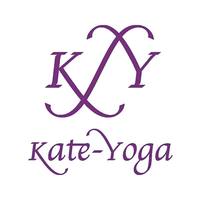
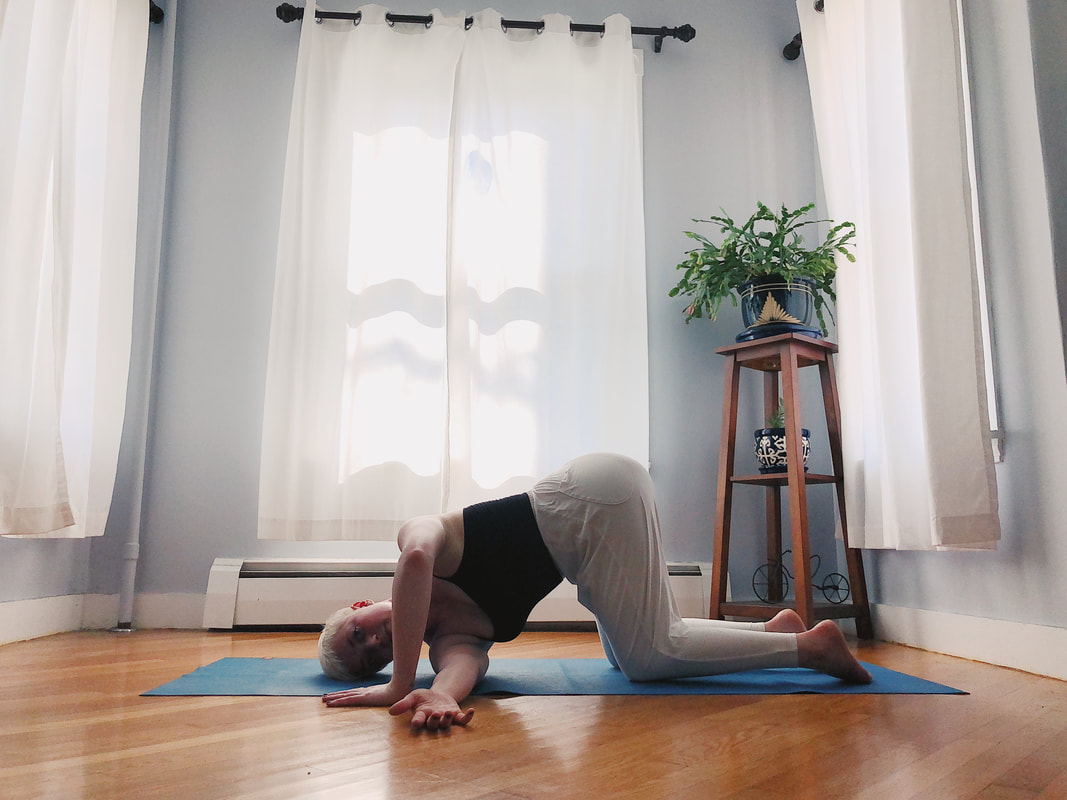
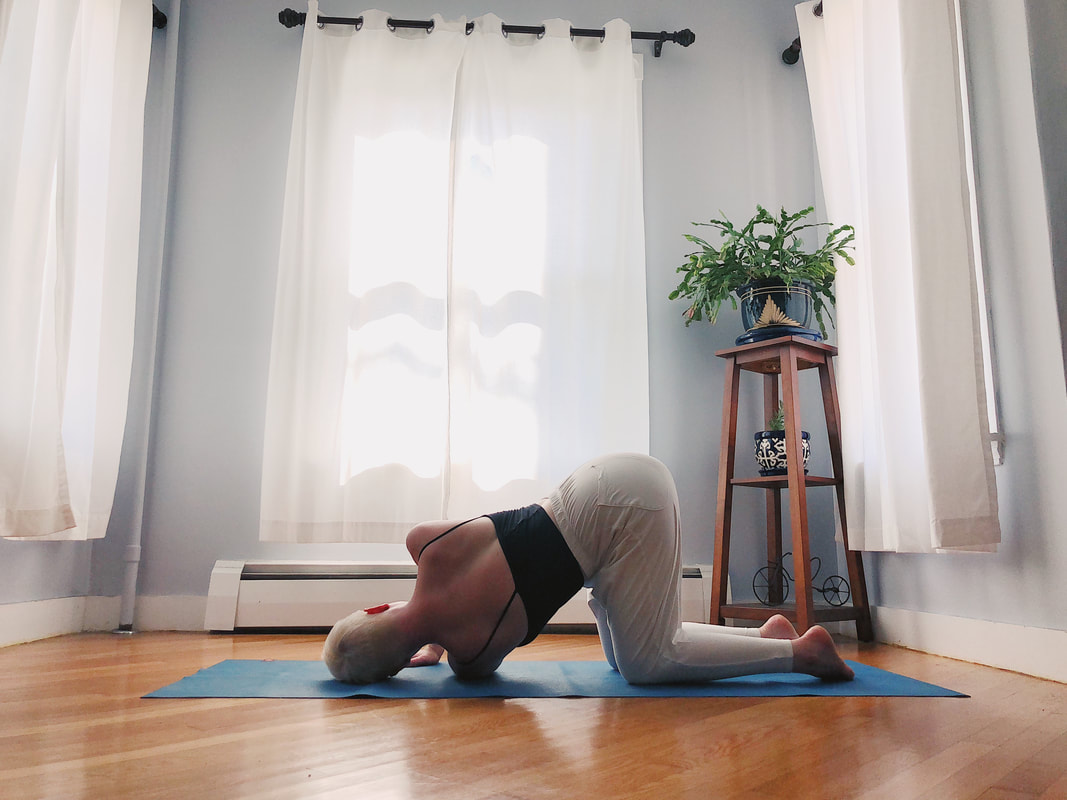
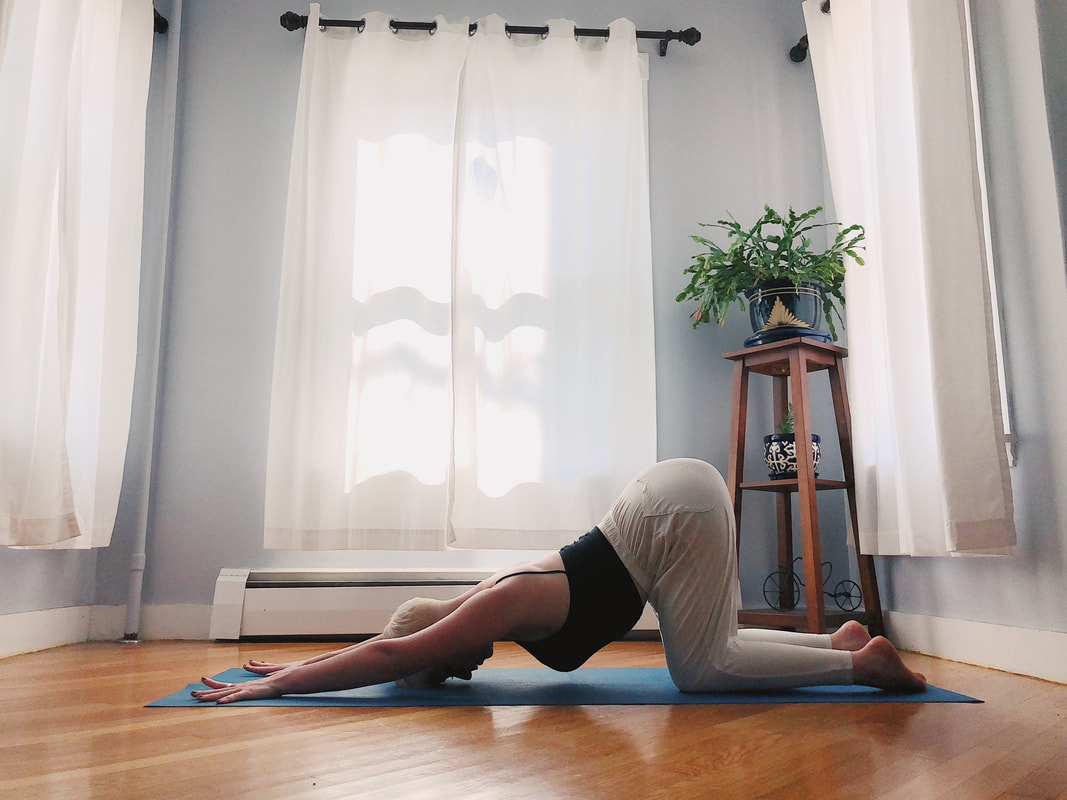
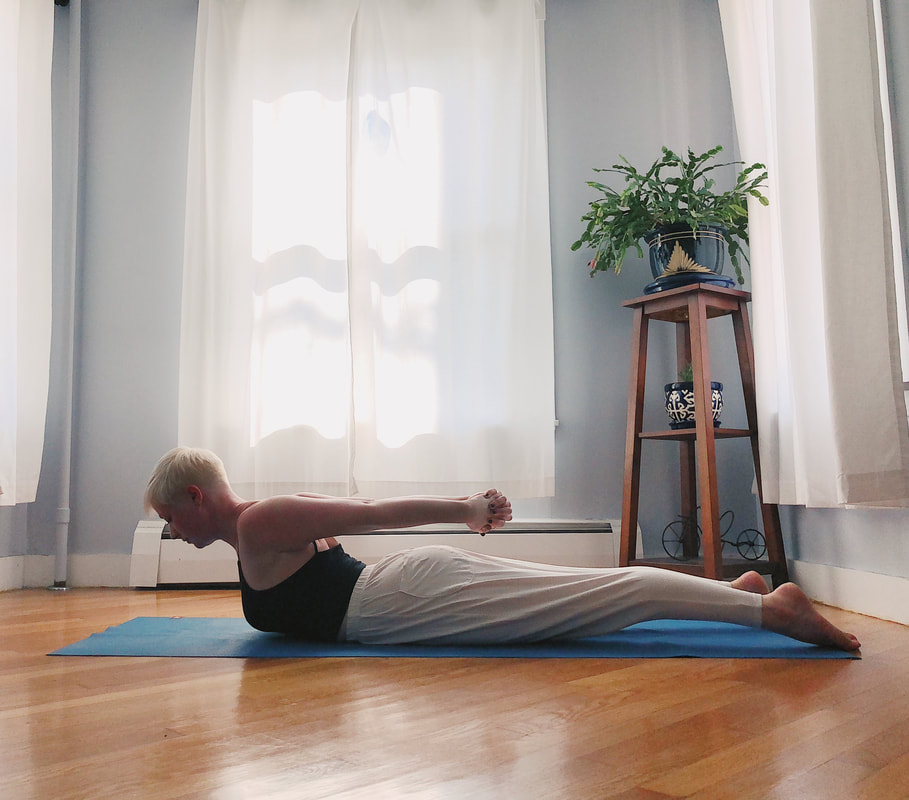
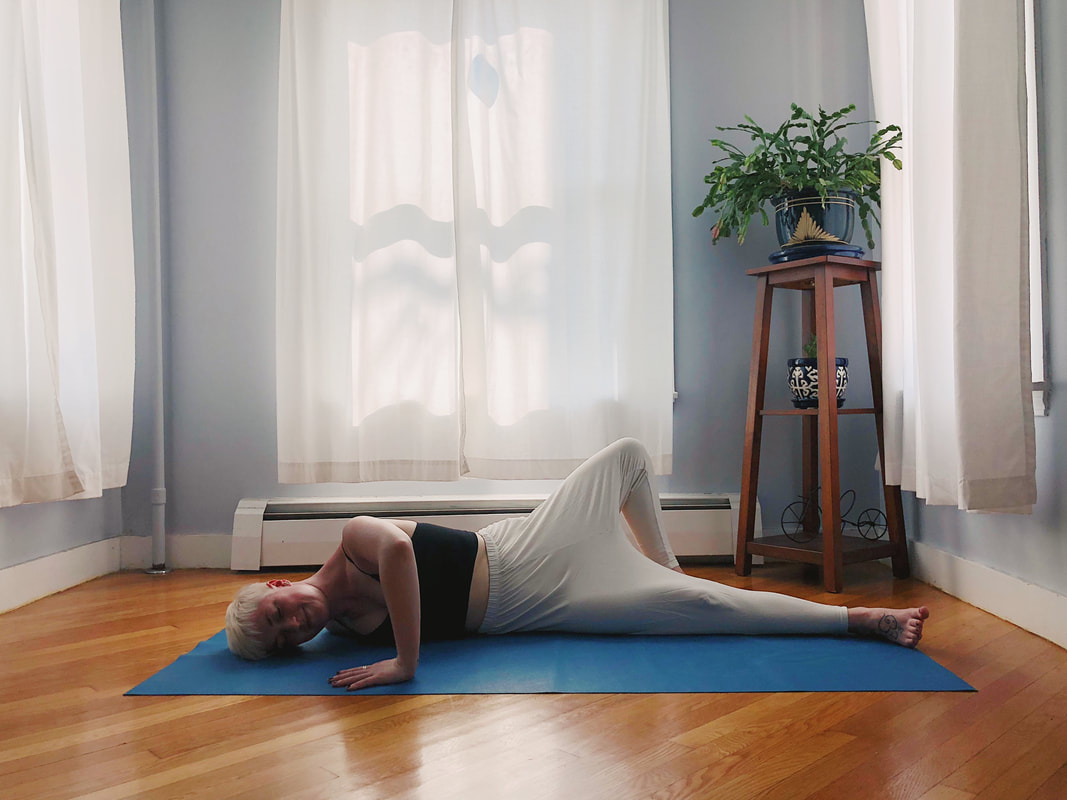
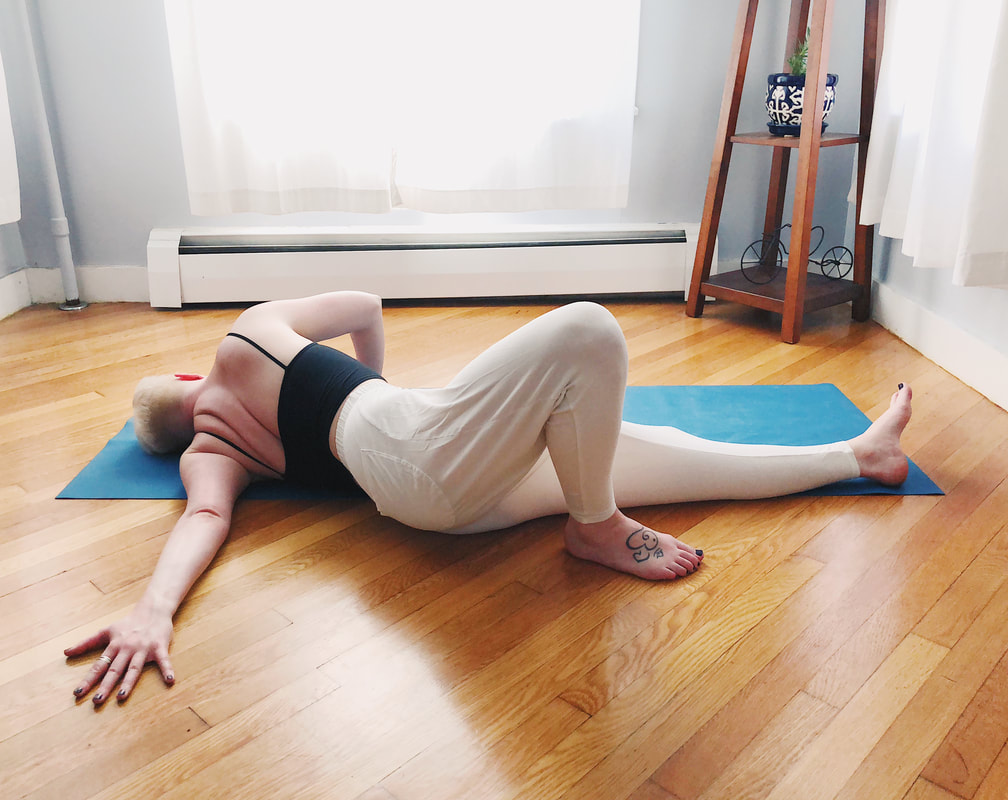
 RSS Feed
RSS Feed
